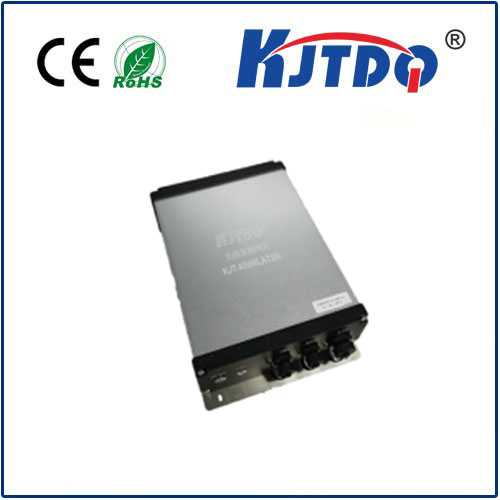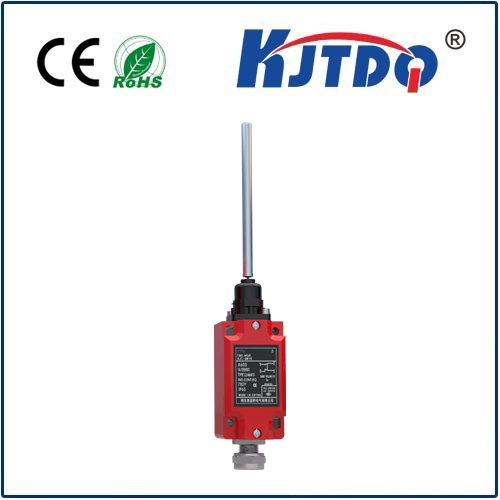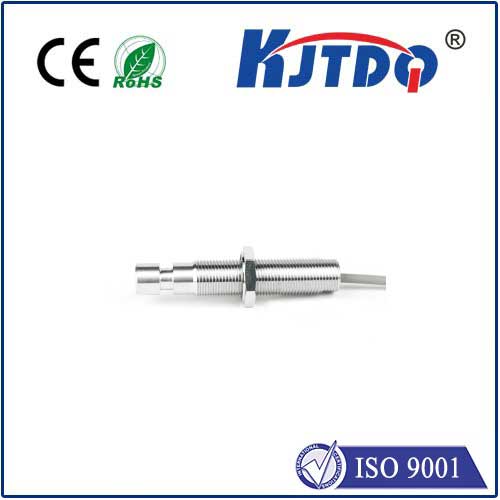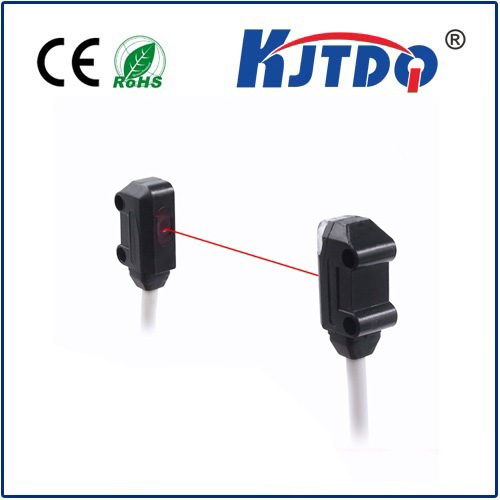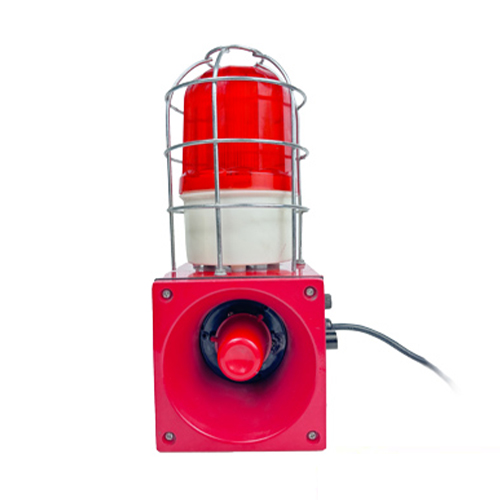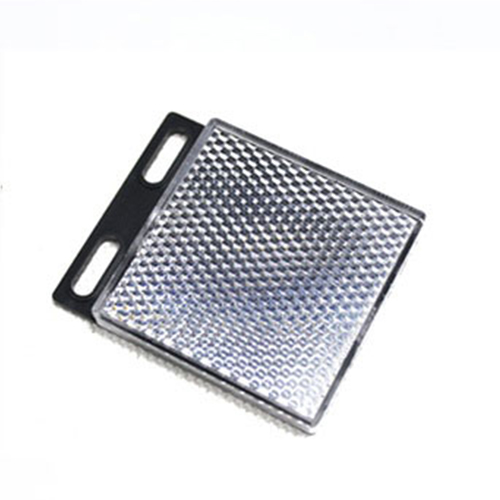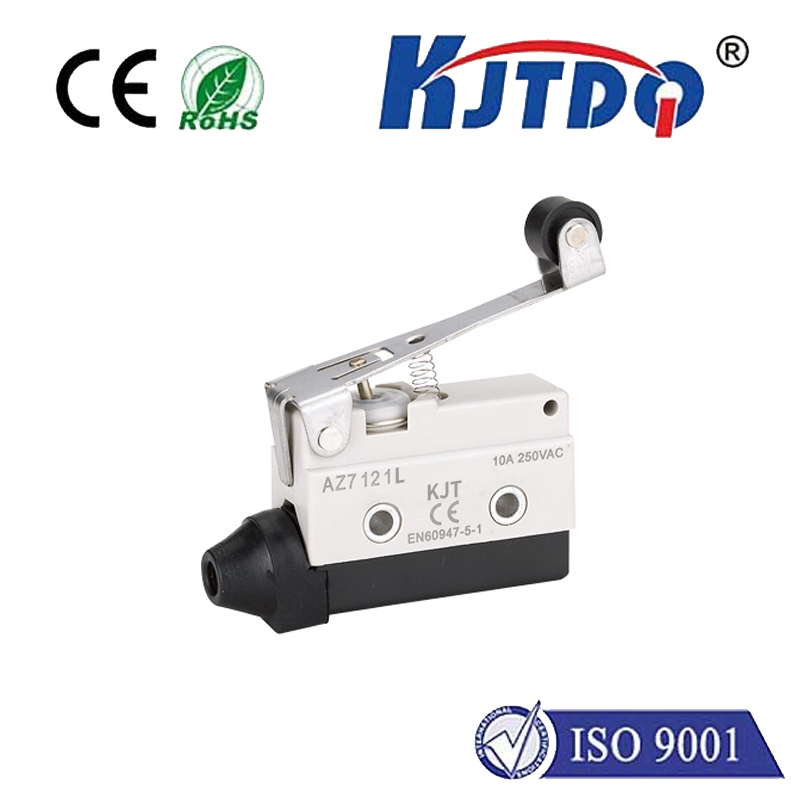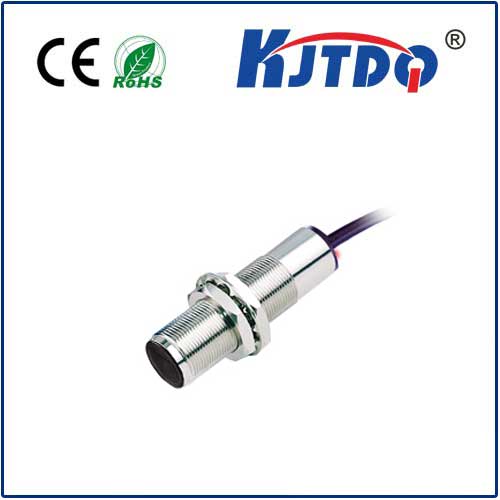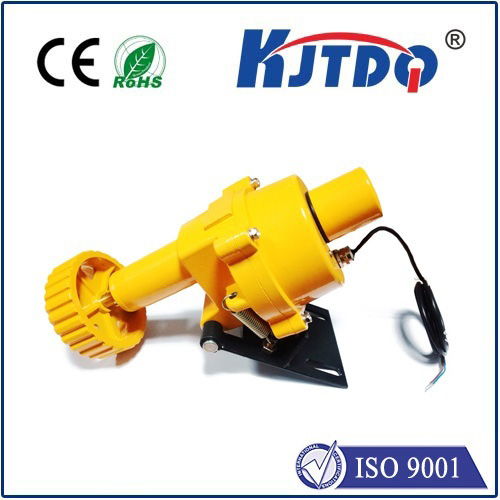turck inductive proximity sensor
- time:2025-07-02 03:19:07
- Click:0
Turck Inductive Proximity Sensors: Precision Detection for Demanding Industrial Environments
Finding a reliable, durable solution for detecting metal objects in harsh industrial settings isn’t easy. Dust, vibration, temperature extremes, and the relentless pace of production demand sensors built to withstand punishment while delivering unwavering accuracy. This is where Turck inductive proximity sensors excel, offering a robust, non-contact solution trusted across countless automation applications worldwide.
Understanding the Core Technology: Electromagnetism at Work
At the heart of every Turck inductive proximity sensor lies the fundamental principle of electromagnetism. Here’s how they achieve reliable non-contact detection:
- Generating the Field: The sensor contains an oscillator circuit that generates a high-frequency electromagnetic field radiating from its active face (the sensing surface).
- Inducing Eddy Currents: When a ferrous (iron, steel) or non-ferrous (aluminum, brass, copper) metal target enters this field, tiny electrical currents called eddy currents are induced on the surface of the target.
- Damping the Field: These eddy currents draw energy from the sensor’s oscillating field, causing a measurable reduction in the field’s amplitude or “damping.”
- Signal Processing & Switching: The sensor’s sophisticated internal electronics continuously monitor the oscillator’s amplitude. Once the damping effect reaches a predefined threshold (indicating the target is within the nominal sensing range), the sensor instantly triggers its output switch.
- Reliable Output: This output signal (like a solid-state NPN/PNP transistor switch or analog signal) reliably indicates the presence (or absence) of the metal target, without any physical contact or moving parts.
This ingenious operating principle makes Turck inductive sensors exceptionally resistant to wear, contamination, and shock – key advantages in industrial automation.

Defining Advantages: Why Choose Turck Inductive Sensors?
Turck has engineered its proximity sensors to meet the rigorous demands of industry, offering numerous critical benefits:
- Exceptional Durability & Reliability: Built with robust materials like nickel-plated brass or high-grade stainless steel housings and PBT sensing faces, Turck sensors resist mechanical stress, impact, chemicals, and corrosive environments. Their non-contact operation inherently eliminates mechanical wear.
- High Switching Frequencies & Speed: Capable of detecting rapidly moving targets at high speeds, making them ideal for applications like high-speed counting on conveyors, position verification on rotary tables, or monitoring fast assembly processes.
- Environmental Resilience: Many models feature IP67, IP68, or IP69K ratings, providing excellent protection against dust ingress and high-pressure water jets. They also operate reliably across wide temperature ranges, suitable for foundries to freezer applications.
- Long Sensing Ranges: Turck offers sensors with optimized sensing distances for various metals. Special factor-1 designs detect both ferrous and non-ferrous metals at the same nominal range, simplifying selection. Factor-1 sensors are particularly valuable for mixed-metal applications.
- Resistance to Interference: Advanced electronic design and robust shielding ensure stable operation even in electrically noisy environments common around motors, welders, and VFDs. EMC performance is a hallmark.
- Versatile Mounting & Output Options: Wide ranges include shielded (flush-mountable) and unshielded (non-flush mountable) variants, various thread sizes (M5, M8, M12, M18, M30), and output configurations (NPN, PNP, NO, NC, analog (IO-Link)). IO-Link models offer enhanced diagnostics and parameterization capabilities.
- Extended Service Life: The absence of moving parts and robust construction translate into minimal maintenance requirements and significantly longer operational lifespans compared to mechanical switches.
Core Components in Action: Diverse Industrial Applications
The combination of ruggedness, precision, and reliability makes Turck inductive proximity sensors indispensable across numerous sectors:
- Factory Automation & Machinery: Position detection of cylinders, end-of-stroke verification, presence/absence checking of parts on pallets or conveyors, machine guarding, speed monitoring.
- Material Handling & Logistics: Detecting pallets, containers, or metal components on roller conveyors or AGVs (Automated Guided Vehicles), controlling sorting gates, verifying package presence (metal components).
- Automotive Manufacturing: Monitoring robotic arms, verifying part clamping or positioning in fixtures, detecting metal components during assembly, controlling paint shop processes.
- Metal Processing: Monitoring sheet metal feeding, detecting rolls in steel mills, verifying tool presence on CNC machines, indicating bin levels for metal chips or parts.
- Packaging Machinery: Detecting metal lids, cans, or foil seals, verifying cap presence or torque seal breakage on bottles, counting metal components.
- Hydraulics & Pneumatics: Monitoring cylinder position, detecting piston rods, confirming valve spool position.
- Process Industry: Level detection of metal powders or granules in bins (using special long-range sensors), detecting agitators or mixers in tanks.
Selecting the Right Turck Inductive Sensor: Key Considerations
Choosing the optimal sensor ensures peak performance and longevity. Focus on these critical selection criteria:
- Target Material: Is it ferrous (steel, iron) or non-ferrous (aluminum, brass, copper, stainless steel)? Remember, sensing ranges are typically specified for mild steel (Fe360). Non-ferrous metals reduce the effective sensing range – Turck provides specific reduction factors in datasheets. Factor-1 sensors are ideal for mixed targets.
- Required Sensing Distance (Sn): Determine the maximum distance between the sensor face and the target when detection must occur. Choose a sensor with a nominal sensing range (Sn) greater than your required actual distance to account for installation tolerances, temperature drift, and supply voltage variations. Always consult Turck datasheets for exact specifications.
- Physical Size & Mounting: Consider available space. Common threaded barrel sizes include M5, M8, M12, M18, M30. Decide if a shielded (flush mountable) or unshielded (requires space around the sensor) type is necessary for your mounting configuration.
- Output Configuration: NPN (sinking) or PNP (sourcing)? Normally Open (NO) or Normally Closed (NC)? Does the application require simple on/off switching or precise position feedback via analog output? Advanced diagnostics and remote configuration are enabled by IO-Link models.
- Environmental Conditions: Assess temperature extremes, potential chemical exposure, required ingress protection (e.g., IP67/IP68/IP69K for washdown), vibration levels, and electromagnetic interference (EMC). Turck offers specialized variants for extreme conditions.
- Electrical Requirements: Match the sensor’s operating voltage (e.g., 10-30V DC) with your control system and ensure the output current rating meets the load requirements.
- Cable or Connector: Turck offers sensors with fixed cables or industry-standard M8/M12 quick-disconnect connectors (male or female), facilitating easy installation and maintenance. Pre-wired cables come in various lengths.
Turck inductive proximity sensors represent a mature yet constantly evolving technology. Their blend of robust engineering, proven electromagnetic detection principles, and extensive configurability makes them fundamental components for ensuring smooth, efficient, and reliable operation in the demanding landscape of modern industrial automation. Selecting the right model, based on application specifics and Turck’s detailed specifications, guarantees years of dependable service, maximizing productivity while minimizing downtime.






